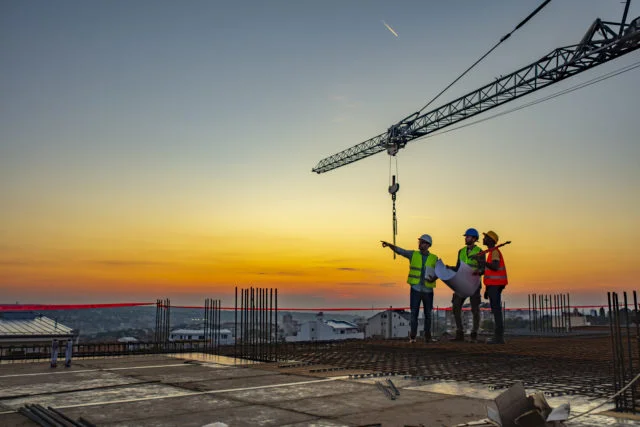Tag: retirement

For most of the 20th century, life expectancy was on the rise. Yet older Americans were retiring at younger and younger ages. That changed in the 1990s. Life expectancy continued to rise, but retirement ages started increasing too. Many significant developments are behind the dramatic shift in retirement habits, including the decline of private-sector pensions,…

The toughest part of Paul and Cathy Brustowicz’s decision to relocate from New Jersey to Summerville, South Carolina, was leaving behind their two grandchildren. The retirees also miss the theater and dinners in Manhattan. A big advantage of South Carolina, though, is “more house for the money,” Paul Brustowicz said. The couple also had a…










